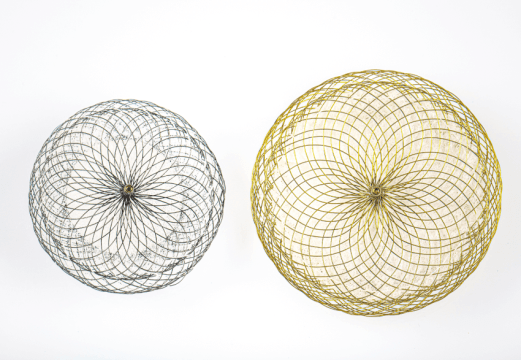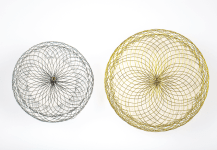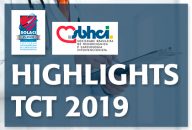Atrial fibrillation is the most prevalent arrhythmia and to prevent its potential complications, we should administer anticoagulants (OACs), either warfarin or the new direct oral anticoagulants (DOACs). Even though these drugs have been shown effective, they still involve the risk of bleeding, especially gastrointestinal bleeding, which in turn leads to numerous hospitalizations. Left atrial appendage occlusion…
Do Short- and Long-Term Results of Left Atrium Appendage Closure Differ Between Men and Women?
Left atrium appendage closure (LAAC) is a major strategy to prevent stroke in patients with nonvalvular atrial fibrillation (AF). LAAC registries to date show that women present twice the risk for major events and higher rates of in-hospital complications and hospital re-hospitalization at 30 days when compared with men. However, long-term results according to sex are…
Left Atrial Appendage Closure Is a Valid Option
Atrial fibrillation (AF) is the most frequent arrhythmia in patients >55 years old and is related to ischemic stroke due to thrombi formation in the left atrium, particularly in the atrial appendage. To avoid this complication, anticoagulation is indicated, but patients >75 years are at high risk of bleeding, making percutaneous closure of the atrial…
TCT 2019 | AUGUSTUS ACS: Apixaban vs. Warfarin and Aspirin vs. Placebo in AF and ACS
Courtesy of SBHCI. The safety and efficacy of antithrombotic and antiplatelet treatments in patients with atrial fibrillation admitted with acute coronary syndrome (who receive medical treatment or angioplasty) may vary from that in patients undergoing elective treatment. At 14 days from elective angioplasty or hospitalization due to acute coronary syndrome, patients were randomized in a 2×2…
Heart and Brain: Risk Factors, Atrial Fibrillation and Dementia
For decades, physiologists have known what cardiologists often forget: heart and brain communicate intensely in a healthy person, and in a wide range of cardiovascular diseases they could damage one another. Multiple actions and immediate reactions in the brain adequately adapt heart function to bodily needs, such as anxiety and frustration, which might impair adequate…
New Percutaneous Devices to Prevent Embolism in Atrial Fibrillation
Patients with atrial fibrillation (AF) unsuitable for anticoagulation because of bleeding risk, require other strategies to prevent stroke. For some years, there have been in the market (limited to some places; not as part of the regular agenda of cardiologists and hematologists) devices to occlude the atrium that have been proved safe and effective. These…
TCT 2018 | OAC-ALONE: Anticoagulation Alone 1 Year After Stenting in Patients with Atrial Fibrillation
Up to now, there had been no randomized controlled trial assessing oral anticoagulation alone vs. oral anticoagulation plus antiplatelet therapy in patients with atrial fibrillation 1 year after stenting in a setting of stable coronary disease. Such was the vacuum that this work, presented at TCT 2018 and published simultaneously in Circulation, attempted to fill. This trial…
NSAIDs and Risk of Bleeding in Patients with Atrial Fibrillation
The use of nonsteroidal anti-inflammatory drugs (NSAIDs) is very frequent and many of these medications are sold over-the-counter, but they can expose patients with atrial fibrillation using warfarin or dabigatran to potentially dangerous bleeding. Such a combination is a “perfect storm” of sorts, since atrial fibrillation is the most frequent type of arrhythmia and its…
The End of Aspirin for Anticoagulated Patients Undergoing PCI
The discussion about the best anti-thrombotic strategy for patients with atrial fibrillation undergoing PCI seemed never-ending until the RE-DUAL PCI trial was published in the New England Journal of Medicine (NEJM). This study has arrived to simplify the tough choice between the risk of a thrombotic event vs. the risk of bleeding with a simpler scheme, without…
TCT 2017 | PREVAIL: Final Outcomes of the Watchman Device
Courtesy of SBHCI. The final 5-year outcomes of the PROTECT AF and PREVAIL studies (which assessed the left atrial appendage closure device Watchman) continues to show similar stroke prevention rate to that of warfarin, though with a clear reduction in bleeding. The meta-analysis showed a significant reduction in hemorrhagic stroke (0.17% vs 0.87%), non-procedure related…
- 1
- 2









